On the frontlines is our monthly newsletter section covering the activities of BirdLife Malta’s conservation, policy and nature reserve (Salina, Simar, Għadira and Foresta 2000) teams, together with an update about rare and scarce bird species observed.

Local volunteers for Spring Watch
In April, hunters will be able to hunt the European Turtle-dove (Gamiema) and Common Quail (Summiena) as Malta will – once again – allow spring hunting. Nevertheless, many other protected species end up being illegally shot during the season, even though only these birds are huntable.
Consequently, a group of overseas volunteers will help our conservation team monitor the countryside for any illegal activities throughout the hunting season.
We will be looking for evidence of wildlife crimes and reporting any such events to assist the authorities in their investigation, and we can enlist the assistance of any willing local volunteers.
This could be a fantastic opportunity to work with us. Come and join us if you can manage long field days and have great observational skills or good bird ID abilities! We would greatly welcome drivers who are willing and confident.
Send an email to [email protected] indicating your interest in joining our operations!
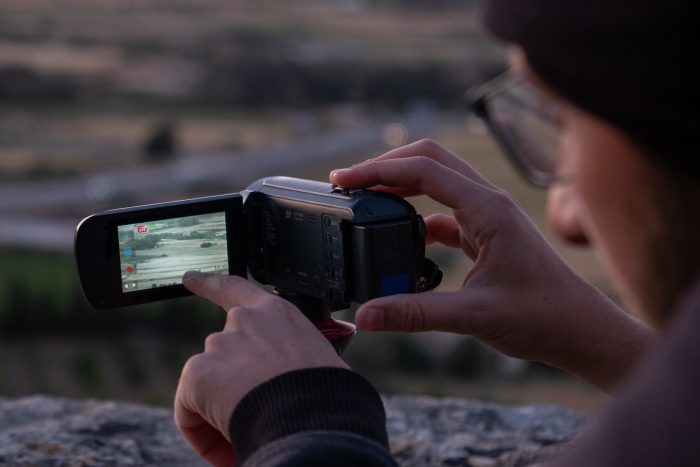
Trappers guilty of assaulting BirdLife team
In March, two bird trappers were found guilty of assaulting and slightly injuring two BirdLife Malta staff members three years ago near Magħtab. They were sentenced to a conditional discharge for one year.
The incident involved an unprovoked assault. A BirdLife Malta team was walking along a public road near a boatyard in Magħtab when they were suddenly followed and attacked by a man and his son. The team had been in the area reporting illegal finch trapping at Għallis, to which the police had responded.
As the team headed back on foot towards their vehicle, two men exited the boatyard, hurling abuse and filming them. At this point, one team member began recording the incident out of concern for the team’s safety. Reacting to the use of the phone, one trapper grabbed a team member, attempting to seize her phone and causing her slight injuries in the process. The son then turned on a second team member, pushing her against a rubble wall and attempting to punch her, also causing slight injuries.
The incident was reported to Naxxar Police Station, with evidence including medical certificates for both injured staff members, as well as photographic evidence from the scene. In the court ruling, both men were found guilty of injuring the team. However, the court acquitted them of charges related to pushing, verbal abuse, and threats, as the Executive Police failed to provide evidence that the assailants were duly notified within the three-month period established by law. As a result, these charges were considered time barred.
Rehabilitation and releases
March has been a relatively quiet month, but it brought some outstanding successes on the rehabilitation front!
We are thrilled to share that we successfully rehabilitated and released three Yellow-legged Gulls and three Black-headed Gulls. These cases were particularly challenging, as the birds arrived in critical condition and required intensive care, including a full course of antibiotics. In addition, we rescued and released a variety of stranded birds, ensuring they regained their strength before returning to suitable habitats. Among them were a Grey Heron, a Spotted Crake, a Common Kestrel, and two Common Moorhens.
Another notable case this month was a Eurasian Collared-dove that suffered a severe concussion after a window collision. Upon arrival, the bird was unable to fly and required several days of rehabilitation. Thanks to our dedicated care, it made a full recovery and was successfully released.

Salina Nature Reserve
Sightings
With the beginning of spring, life at Salina Nature Reserve is blooming once again.
The rays of springtime brought countless colourful blossoms, and many of the critters that call them home. Life is not only teeming on the ground, as the first migratory birds made their way into Salina’s wetland and saltpans. Excitement was high while favourable winds brought in flocks of Grey and Purple Herons, as well as the occasional Eurasian Spoonbills. Little Ringed Plovers, flocks of Black-winged Stilts, Wood and Green Sandpipers alike are once again enjoying our saltpans.
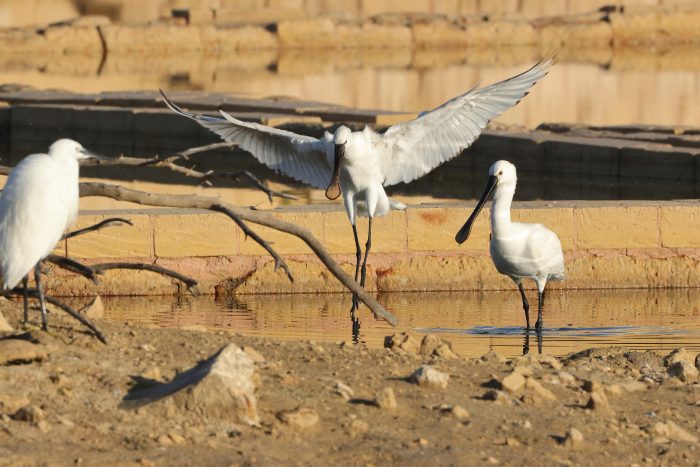
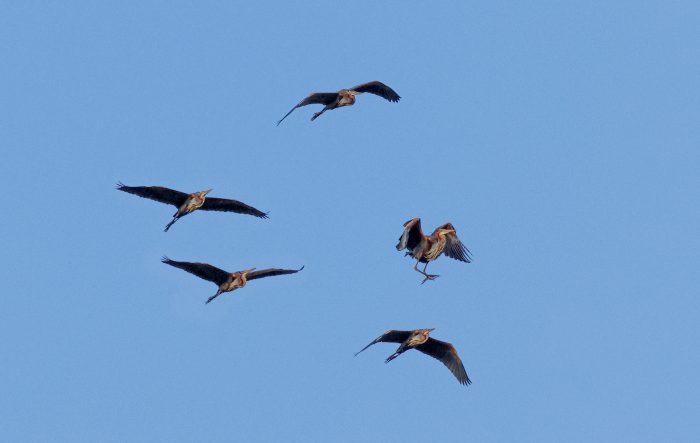

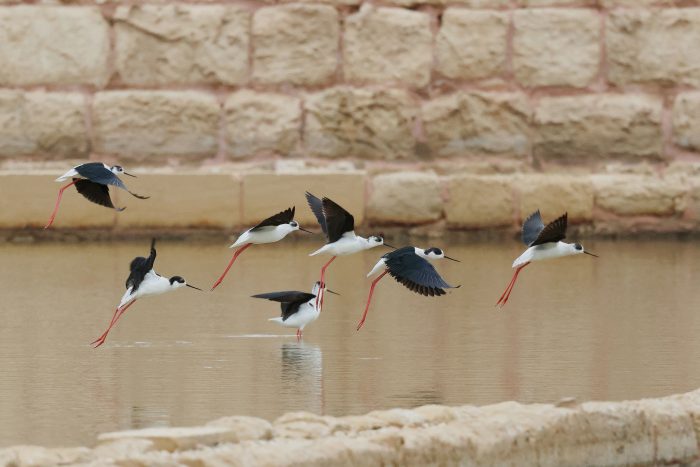
Works
Early spring has also been busy for the Salina team, as everyone is making sure the nature reserve is ready for the incoming birds and visitors. A new footpath leading to our popular photography spot is now under construction. It will be possible to reach it from the Salt Museum. Other works between the saltpans and birdwatching hides are being finalized as well, ensuring that birdwatchers can enjoy the view that migration periods can offer. Moreover, as salt harvest season approaches, thorough cleaning of the actively used saltpan begun. In this way not only is Salina’s tradition kept alive but also a successful salt harvest is ensured.
Visits to Salina Nature Reserve have increased as the tourist season began approaching. Several organized visits and tours have taken place at the reserve, all of which were met with positive feedback and support for our cause. With groups ranging from pre-schools to retirement homes, Salina Nature Reserve continues to be a place of learning and relaxation for people of all age groups and walks of life. Therefore, we hope you will join us in observing the beauty of spring migration at Salina Nature Reserve.
Għadira Nature Reserve
Sightings
The cold weather that persisted throughout March kept spring migration at bay, and migratory species were rather sparse throughout the month at Għadira. Most wintering species such as Black-necked Grebes, Common Kingfishers, Common Stonechats and Black Redstarts left Għadira at the beginning of March.
It was noted that Western Water Rails, Meadow Pipits and Common Chiffchaffs were decreasing while Barn Swallows, Northern House Martins and Yellow Wagtails were seen almost daily in small numbers. Little Ringed Plovers also increased in number as three males have been seen flying and disputing for territories on various occasions. On March 25, an Osprey was seen hovering over the reserve, as well as a Water Pipit. A Slender-billed Gull stayed for a couple of days and two Ferruginous Ducks also stayed briefly.
Black-winged Stilts were seen on a few occasions and two males stayed in the reserve last week. Hopefully they will stay long enough to mate with some of the migratory females that are still to come!
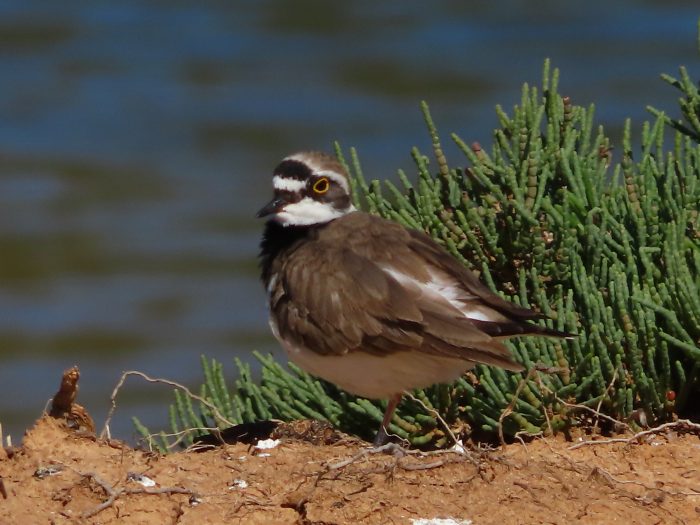
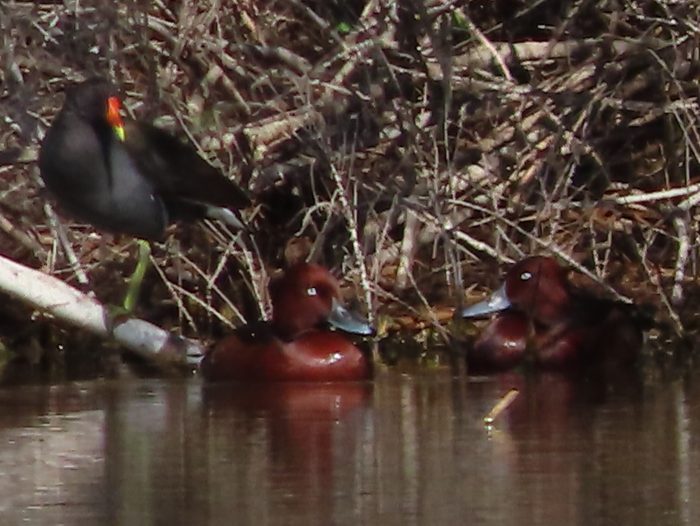
Ferruginous Ducks
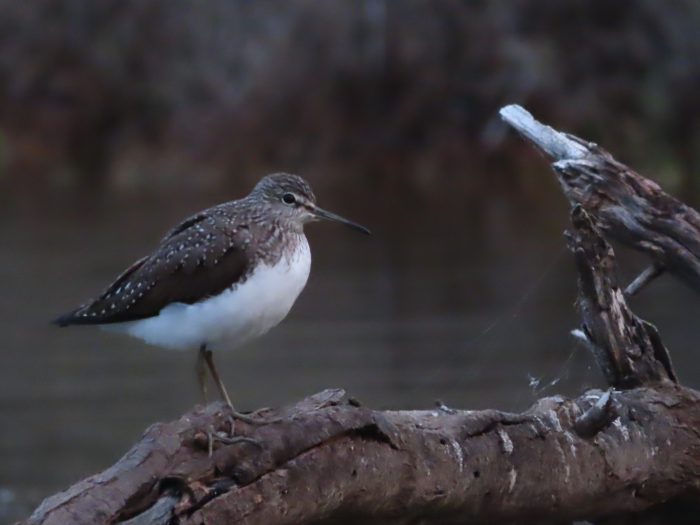
Works
Bird ringing was done on a regular basis with a total of 15 ringing sessions performed in March. A rare Savi’s Warbler was ringed on March 24, together with a couple of Eastern Bonelli’s Warblers. Subalpine Warblers and Willow Warblers were ringed on a few occasions as well.
March is the time for taking cuttings for the propagation of indigenous plants. Cuttings of halophytic species such as Arthrocnemum and Halimione, as well as Chaste Trees – all of which are always in demand in wetland reserves – were taken from local stocks and grown in the tree nursery.
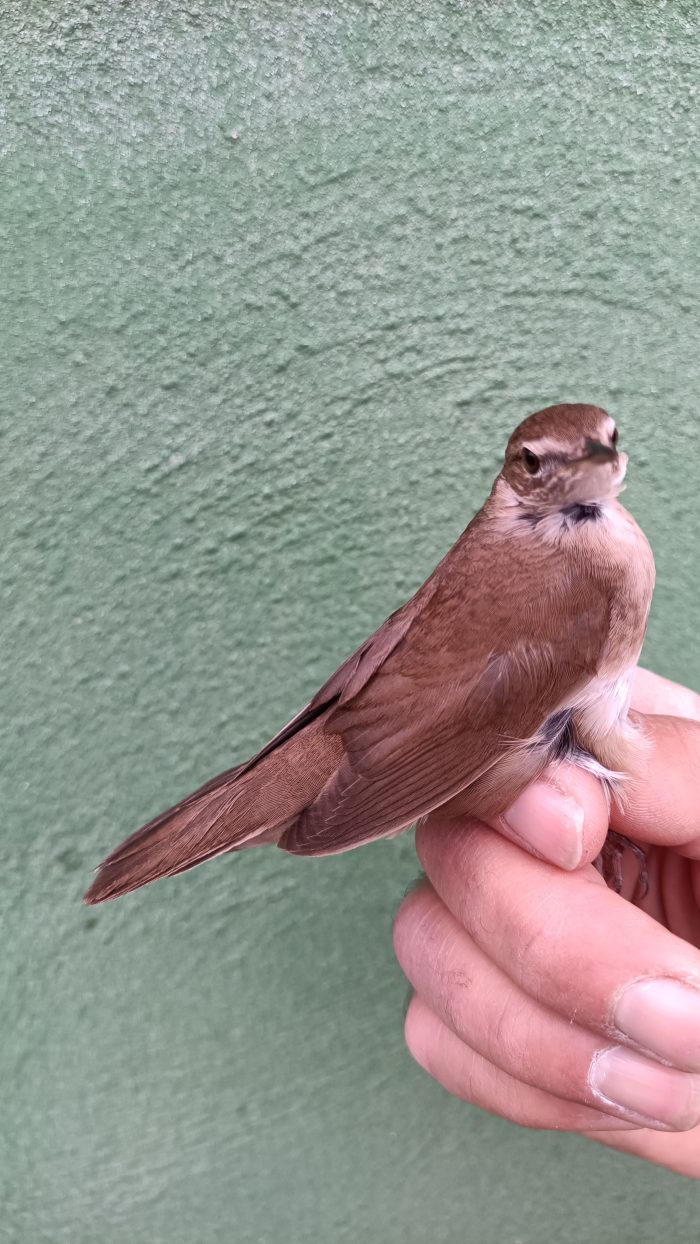
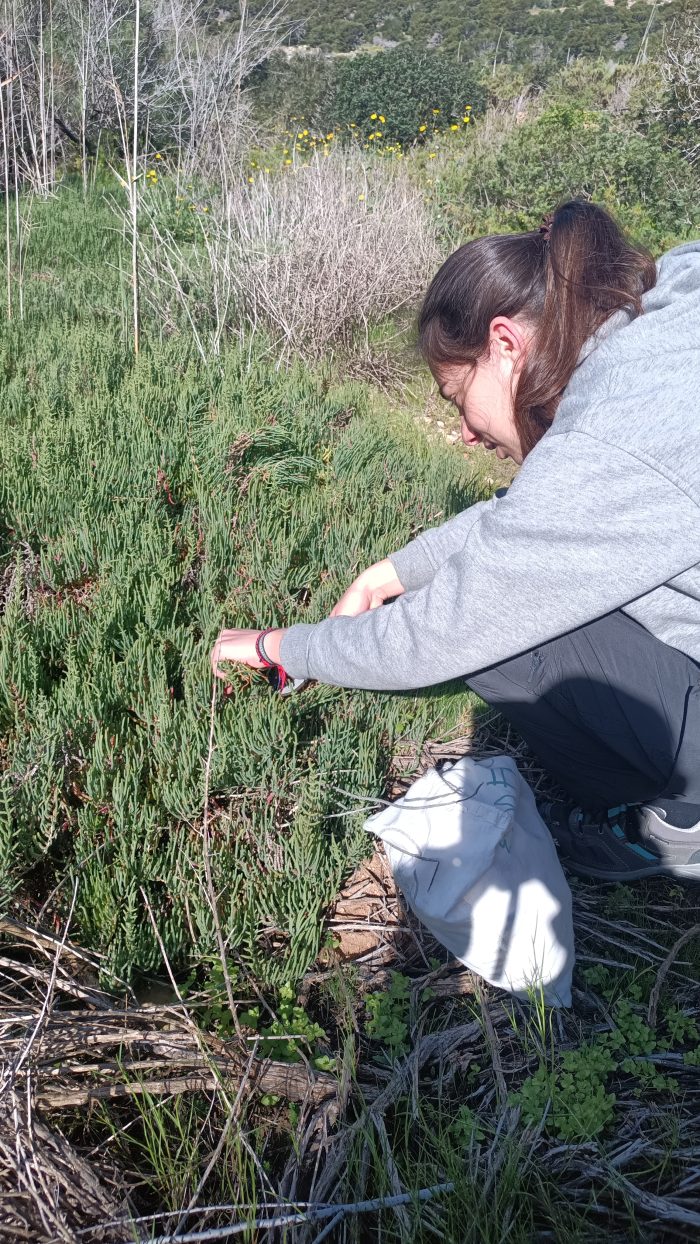
Simar Nature Reserve
Sightings
The wintering birds in the reserve started departing on the north bound migration to Northern Europe. By the end of the month most had already left and birds arriving from Africa were gradually replacing them. Meanwhile, the resident species were busily engaging in nesting. The wetland, on the other hand, continued changing and becoming greener and more colourful. The flowering plants were in full bloom attracting large number of insects.
The Little Grebes and Black-necked Grebes, now in breeding plumage, were still present at the beginning of the month but gradually they all left. The number of Common Coots started leaving from mid-month with only a few birds present by the end of the month. These included a pair that settled to breed. Common Kingfishers and Western Water Rails were still present for most of the month but eventually they all left. Other less obvious birds present in the wetland, such as Reed Buntings and Moustached Warblers, lingered on for a few more weeks before finally departing.
Meanwhile, the trans-Saharan migrants started gradually arriving. The most obvious ones were the Barn Swallows and Northern House Martins. Small numbers of Green Sandpipers were also regularly present. Hidden amongst the vegetation within the wetland were good numbers of Sedge Warblers, which often revealed themselves by their characteristic grating call. Great Reed-warblers also started arriving, as well as Willow Warblers and Subalpine Warblers. During a scientific surveying carried out through bird ringing, a very rare Bluethroat of the svecica race was ringed. The elusive and extremely scarce Savi’s Warbler was ringed as well.
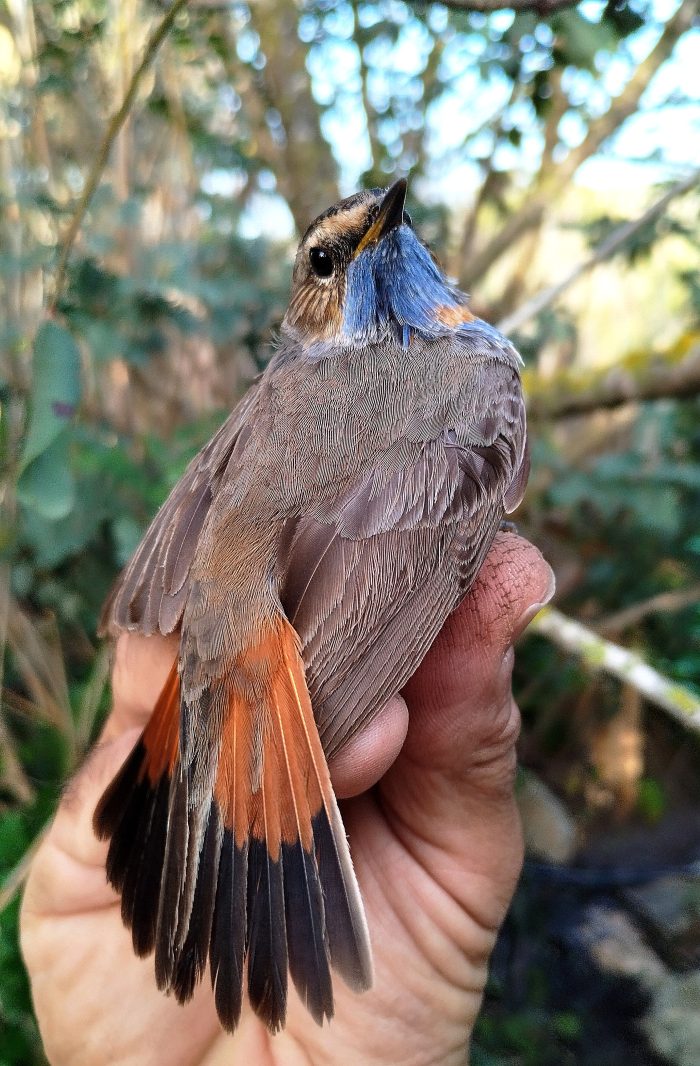
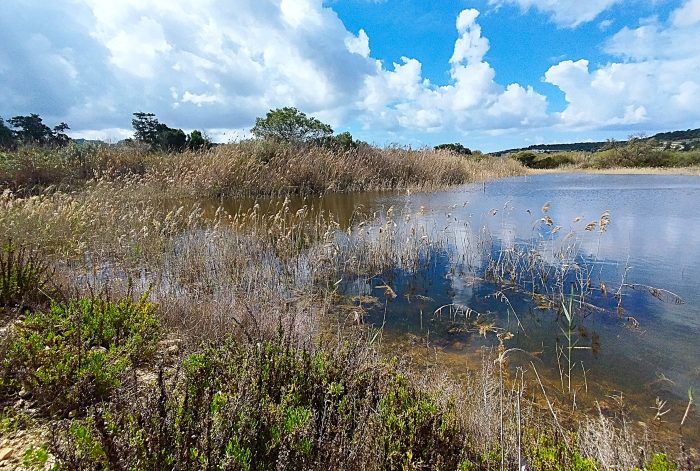
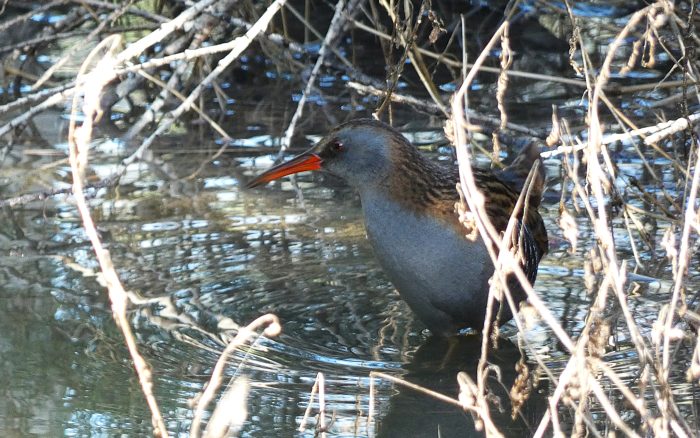
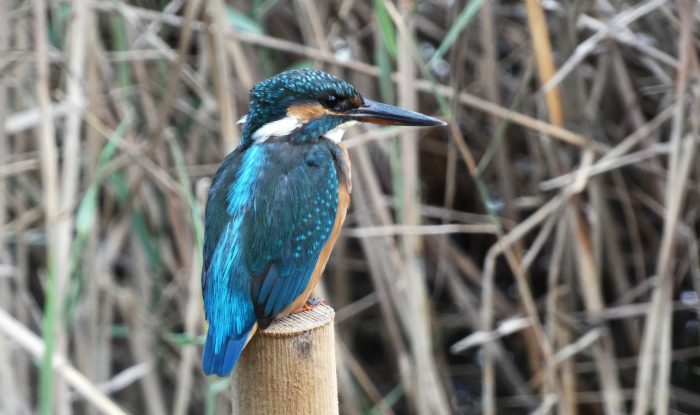
Foresta 2000
Sightings
March has brought a lively mix of resident and migratory species to Foresta 2000. The Common Kestrel has been spotted every week since December, confirming its wintering status in the reserve. Among the songbirds, Song Thrushes, Meadow Pipit, Sardinian Warblers, and Eurasian Blackcaps remain active, while the arrival of the first Swallows and Northern House Martins marks the beginning of the spring migration.
Butterfly activity has also increased with the warmer temperatures. The first Swallowtail Butterfly has been recorded, along with a rare sighting of a white Cleopatra Butterfly, most likely a female. Males of this species are easily recognizable by their vivid yellow wings and striking orange forewings, but butterflies rarely open their wings when settled, making observation a challenge.
The reserve’s flora is now in full bloom, covering the meadows in vibrant colours. Sullas and Mediterranean Thistles —which are white in Malta, while pink ones can be found in Sicily — dominate the landscape. The delicate Italian Gladiolus has also started to flower, adding splashes of pink to the steppe. Among the more unusual plants observed this month is the Broomrape, a parasitic species that relies on other plants for survival.
The insect life in Foresta 2000 is equally dynamic. The Soft-winged Flower Beetle has been spotted pollinating early blooms, while the White-banded Grasshopper — a master of camouflage — has begun its seasonal activity.
With nature fully embracing the arrival of spring, Foresta 2000 offers a stunning display of life and colour this month.
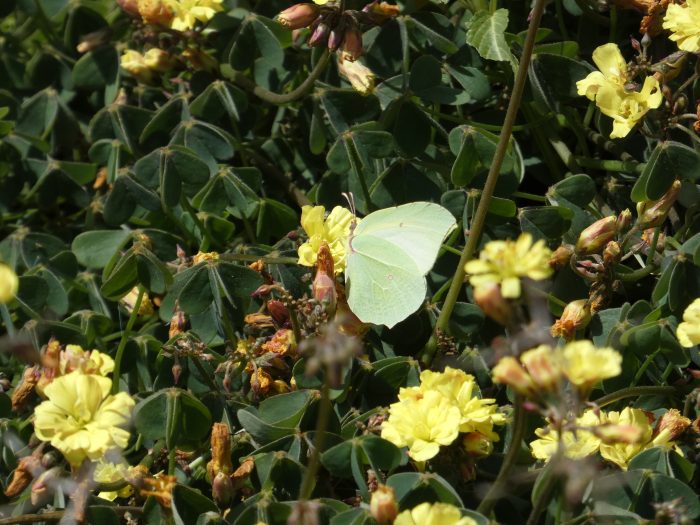
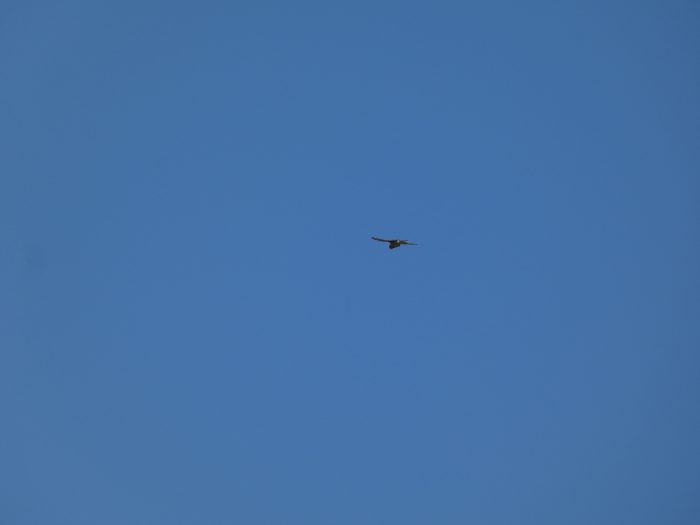
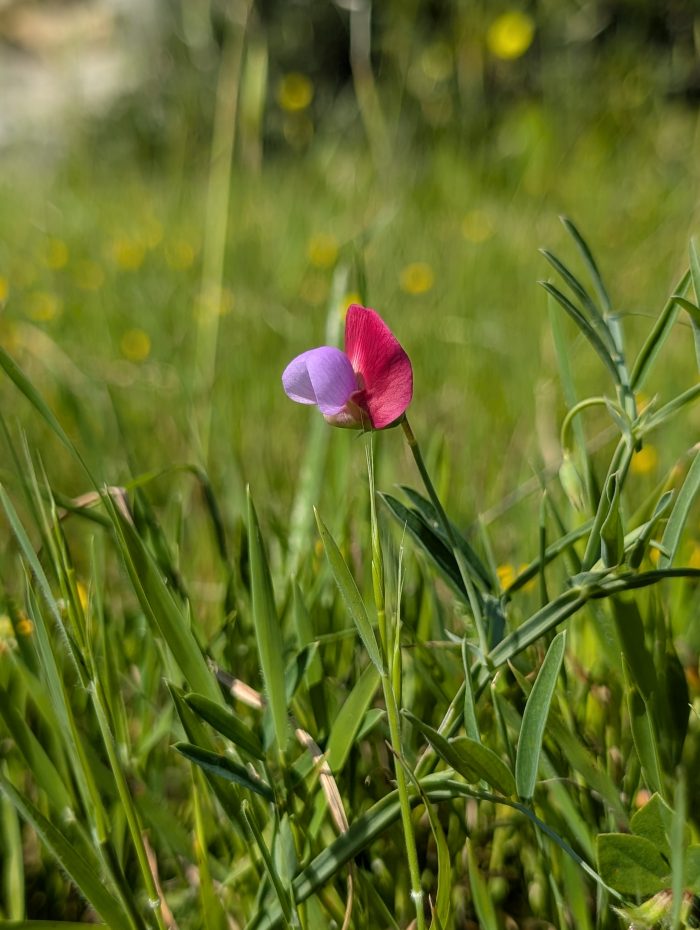
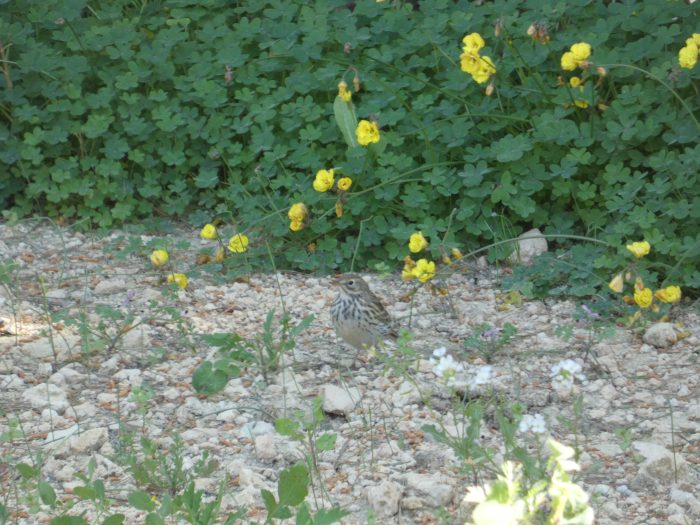
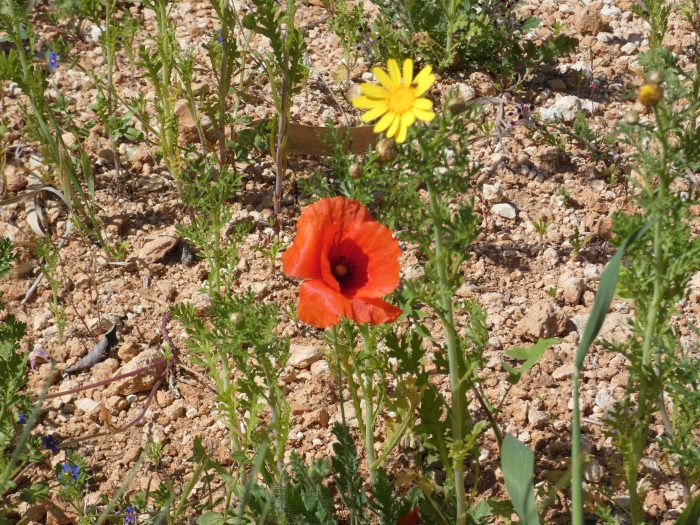
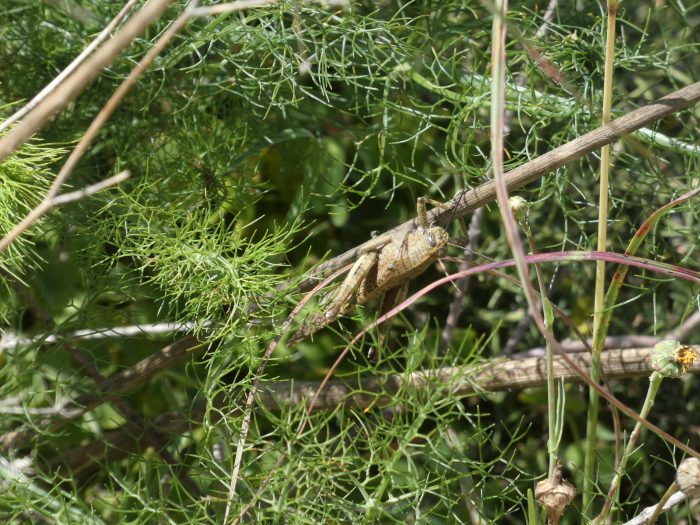
Works
Efforts continues to be made to maintain the reserve’s natural beauty and accessibility. Vandalized signs were cleaned and restored, while routine clean-ups and monitoring ensured that the area remained in top condition for both wildlife and visitors.

The Savi’s Warbler makes its appearence!
This March, during ringing at our nature reserves, we recorded a very scarce migrant – the Savi’s Warbler, known in Maltese as Bufula tal-Buda. Typically, only one or two individuals are recorded each spring and autumn migration, with sightings more frequent in autumn. In March we ringed a Savi’s Warbler at each of our nature reserves.
The Savi’s Warbler is a medium-sized warbler that favours reed beds, often with scattered bushes. It breeds in southern Europe and in temperate parts of western Asia, laying 3–6 eggs in reed nests.
A long-distance migrant, it winters in sub-Saharan Africa. Adults are easily recognised by their unstreaked grey-brown back, pale greyish underparts, and a uniformly coloured undertail – a key feature that helps distinguish it from the similar River Warbler. Males and females look alike, while juveniles show yellower underparts.
Although not particularly secretive, Savi’s Warblers can be challenging to spot as they move through dense reeds, becoming more noticeable when singing. Their song is a monotonous, mechanical, insect-like reeling, often heard at dusk.
In Malta, Savi’s Warblers are most likely to be seen between March and April during spring migration, and from August to October in autumn.
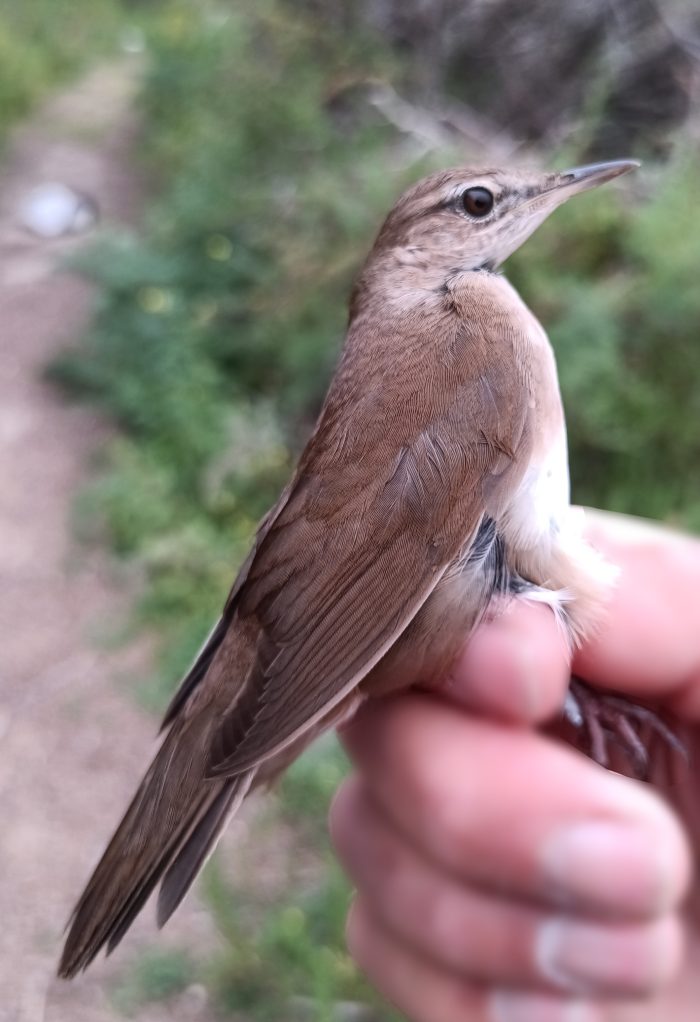
Credits
Words: David Attard, Charles Coleiro, Nicholas Galia, Filip Martinic, Vera Tokmakova, Alice Tribe
Photographs: David Attard, Charles Coleiro, Mario V. Gauci, Vera Tokmakova
Editing: Nadia Sodano
